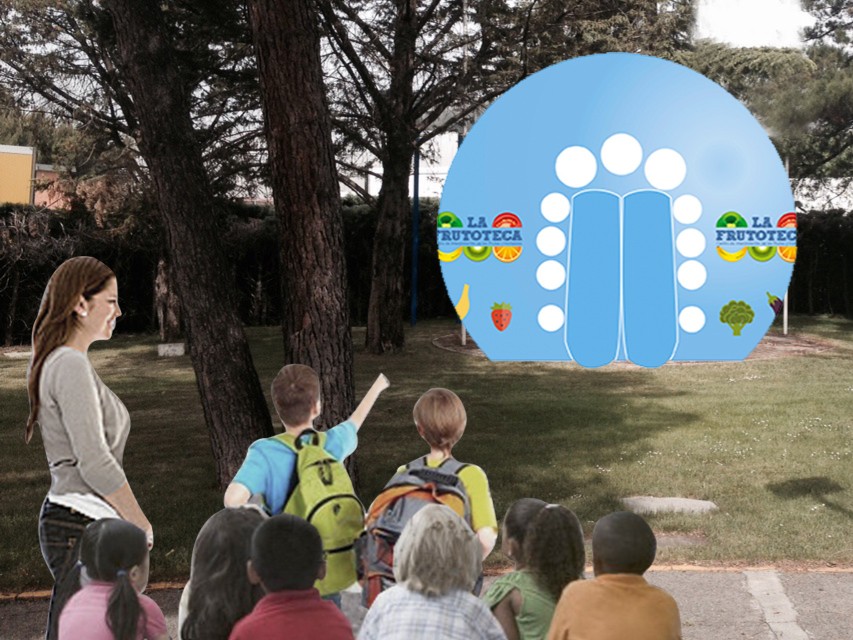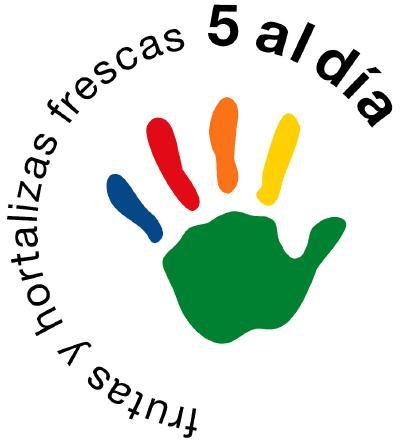
The Frutoteca – a very special way for children to learn about fruit and vegetable – is being launched by Spain’s 5 al día (5 a day) association as the new school year starts in Spain.
In a brightly-coloured inflatable dome that is both portable and easy to install, it will tour Spain to provide children with an attractive and interactive experience featuring 3D and 360º images.
The Frutoteca will help young consumers learn about fruit and vegetables from the farm to the fork, the history of this sector, fun facts and trivia about it, and its role in different cultures and civilisations, as well as how this produce is grown, harvested and transported. All in all a fun way to learn about the importance of the fruit and vegetable sector in daily life.
The Madrid-based 5 al día association, which promotes daily fruit and vegetable consumption, said that in this first phase of this project it aims to more directly reach out to over 18,000 children. It hopes visits to the Frutoteca will ultimately lead to change in the eating habits of these future consumers so that including fruit and vegetables in their diet becomes something natural and spontaneous for them.
For more information: www.5aldia.org

